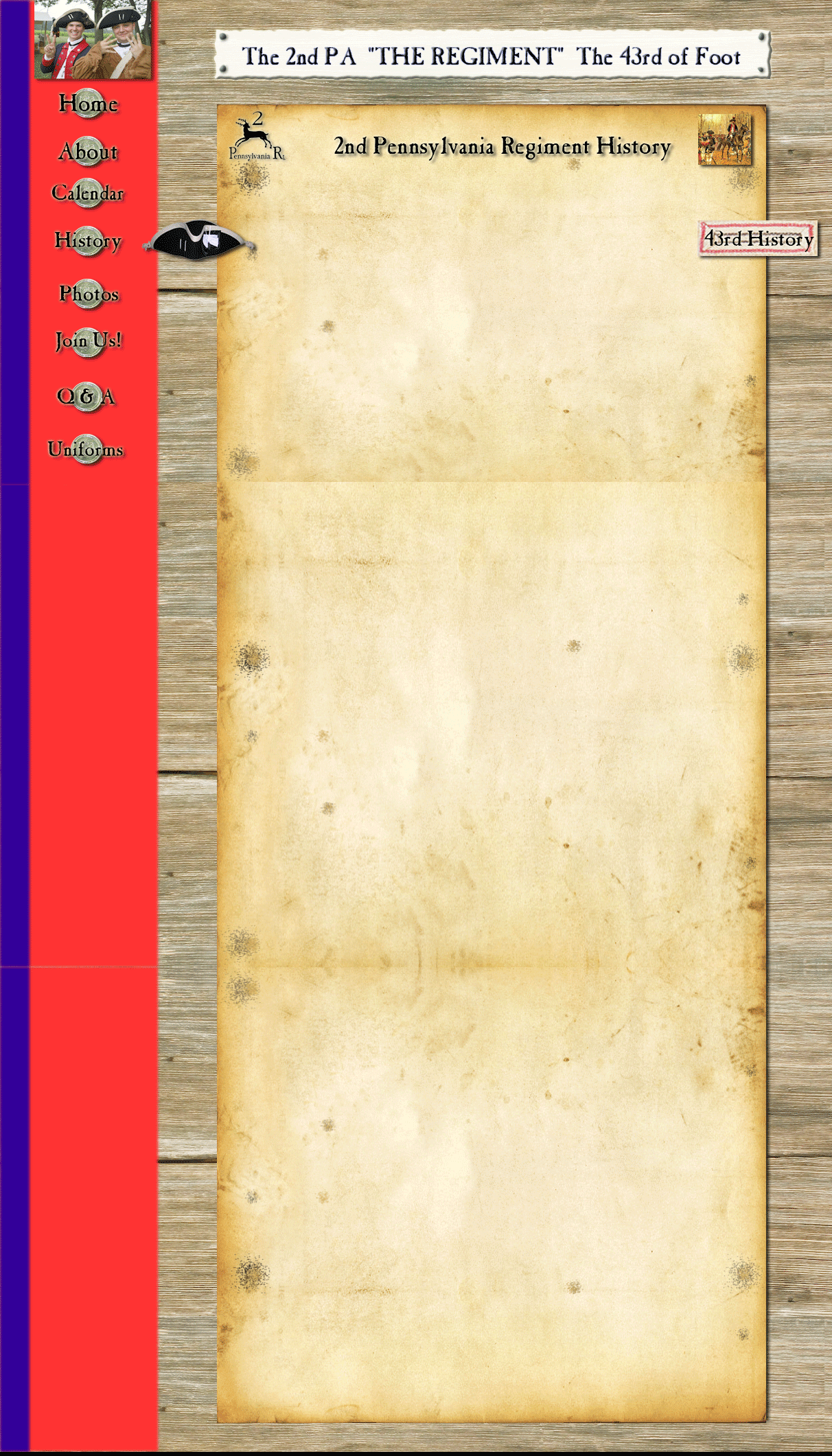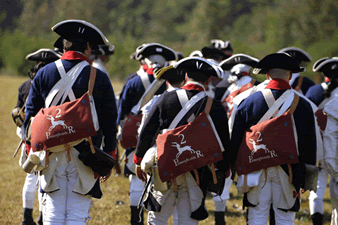
The History of the Second Pennsylvania Regiment
The Second Pennsylvania Regiment had its origins in a unit established October 12, 1775, and designated "The First Pennsylvania Battalion." This was the second unit raised by the state (the first was "The Pennsylvania Rifle Battalion") and was enrolled for a term of one year. The original commander, Col. John Bull, got into trouble selling furloughs to the men "and other degrading conduct" and was compelled by the other officers to resign. He was replaced by Col. John Phillip DeHaas of Lebanon.
In January, 1776, the eight companies of the newly-formed battalion began leaving the state to participate in Benedict Arnold's ill-fated attempt to capture Quebec. With little winter clothing and half their muskets unserviceable, the men struggled by foot, sloop, and bateaux into Canada, their strength sharply reduced by sickness. By March 30, four of the companies had arrived at the American lines in front of Quebec, but before the remainder could come up the attack on the city was abandoned and the battalion started the slow retreat back to New York. By July 10 it was encamped with the American Army at Ft. Ticonderoga. In October it participated in Anthony Wayne's defeat of the British at Valcour Island, but otherwise had an uneventful tour of garrison duty. It remained at Ticonderoga voluntarily until November 13 (three weeks beyond its term of service) to await the arrival of replacement troops. By December 8 a remnant of the First Battalion was at New Germantown, NJ, but the bulk of the men had been mustered out of service.
During this time, Congress realized a more substantial national army with enlistments longer than 12 months would be needed to fight the war successfully. Pennsylvania was assigned to provide 12 of these "Continental" regiments and decided to use the battalions created in 1775 as the foundation for the state's quota. Thus, the Pennsylvania Rifle Battalion, being the first unit formed by the state, became the First Pennsylvania Regiment, The First Pennsylvania Battalion became the nucleus of the Second Pennsylvania Regiment and so on.
Despite the hardships they had endured on Arnold's forlorn expedition to Canada, about 340 of the nearly 500 men who had been with the First Battalion at Ticonderoga did join the Second Pennsylvania Regiment in time enough for Col. DeHaas and a portion of the unit to join Washington's army at Trenton and fight in the battle of Princeton on January 3, 1777, in a brigade of Pennsylvanians commanded by Brig. Gen. Thomas Mifflin.
The regiment spent the winter months at Morristown, NJ, where it built up strength and was placed in Gen. Anthony Wayne's Division. Col. DeHaas was promoted to a brigadier general in February and was replaced by Col. James Irvine, who resigned in June. Col. Henry Bicker was appointed in his place but did not actually join the regiment until the following October. In the meantime, the regiment was commanded by the senior officer present for duty, Major William Williams.
Williams led the unit in patrol actions in New Jersey during the spring and summer, including an engagement at Bound Brook on April 11 or 12 and a skirmish at Amboy on April 25 in which one officer was killed. At the Battle of Brandywine on Sept. 11, 1777, the regiment was part of the force guarding Chadds Ford until the British diversionary force stormed across the creek and compelled Wayne's Division to withdraw. It sustained casualties at Paoli on Sept. 21, including one officer killed, and at the Battle of Germantown it was the left flank of the American troops attacking the British center that was mistakenly fired on by other American troops. By the end of October, the unit had suffered substantially from all the fighting, including the loss of Major Williams who was captured at Germantown. Capt. Joseph Howell became acting regimental commander and the Second Pennsylvania Regiment numbered only 13 other officers and 74 enlistedmen present for duty at the end of the month.
The few present were able to man a section of the army's first line of defense at Whitemarsh in early December, before moving with the rest of Washington's forces into the legendary winter encampment at Valley Forge. Here the regiment shared the sufferings of the Continental Line, trained in Von Steuben's new manual of arms and brought itself up to strength.
With France entering the conflict on the side of the new United States in May, the British abandoned Philadelphia and moved across New Jersey to the more easily defended stronghold of New York City. On June 19, 1778, the Continental Army left Valley Forge in pursuit and engaged the British in the Battle of Monmouth on an extremely hot June 28. Here the Second Pennsylvania served in a provisional brigade commanded by Lt. Col. Aaron Burr and made a charge from the American left flank into a British force trying to assault the American center. It halted the British attack but was itself compelled to retire under subsequent artillery fire. The regiment lost two men wounded in this action.
On July 1, 1778, the regiment absorbed the remainder of the 13th Pennsylvania Regiment, most of its men's enlistments having expired. The colonel of the 13th, 23-year-old Walter Stewart, became the Second's new commander. The young officer, nicknamed "The Irish Beauty" by the ladies of Philadelphia, was a close friend of Anthony Wayne's and well acquainted with Washington as well. He was an able leader with a reputation of taking care of the welfare of his men. Diarist Joseph Plumb Martin described him as "an excellent officer, much beloved and respected by the troops of the Line he belonged to."
Under Stewart the regiment operated along the New York-New Jersey border and moved to Middlebrook, NJ, in early December for the winter of 1778-79. There is no particular record that the unit was involved in any fighting that summer, but in October, 1779, it had 452 officers and men with Wayne at West Point. From there it moved to Morristown, NJ, for the encampment in Jockey Hollow where it endured the most brutal winter of the 18th Century.
When spring came, the regiment was again actively engaged in patrols and skirmishes with British forays from New York. On May 18 the unit lost a junior officer killed in a fight at Paramus. On June 7 it fought at Connecticut Farms and on June 21 was at "the blockhouse" at Bergen Hts., where it joined the First Pennsylvania Regiment in a gallant but futile headlong charge on a sturdy Loyalist fortification despite the attempts of the officers to restrain the men. Two lieutenants were mortally wounded here and a number of men killed.
On Sept. 21 the regiment was in Hartford, CT, with Wayne to greet French General Rochambeau. On Sept. 25 it rushed from Tappan, NY, to West Point to reinforce the garrison there after Benedict Arnold's treachery was discovered.
In December the Second returned to Morristown for another winter. There, on Jan. 1, 1781, the mutiny of the Pennsylvania troops took place. The men of the regiment refused at first to join the mutineers, but were finally forced to when the other troops threatened them at bayonet point and with artillery.
The resulting restructuring of the Pennsylvania Line perpetuated a Second Regiment among the state's six reorganized units, with Walter Stewart still in command. However, the men who remained in service were all redistributed among all these units and this establishment was mostly on paper. Essentially, the old Second Pennsylvania ceased to exist before the final campaign in Virginia and South Carolina, although former members of the regiment were battle casualties at Green Springs on July 6 and Yorktown in October.

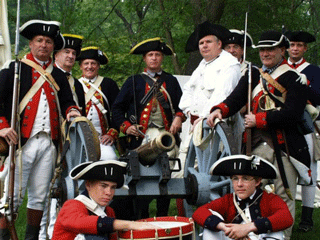
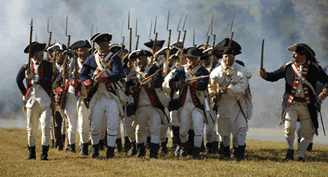
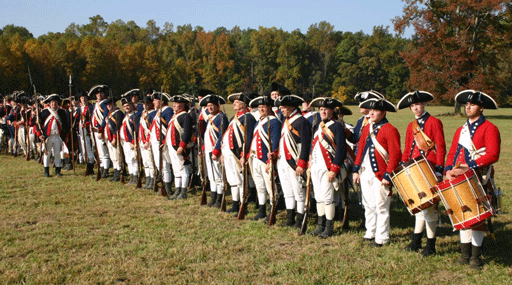
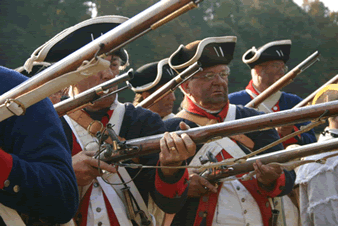
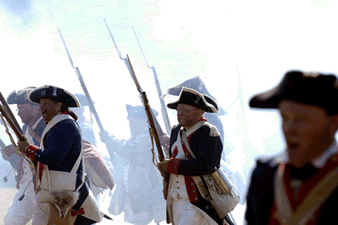
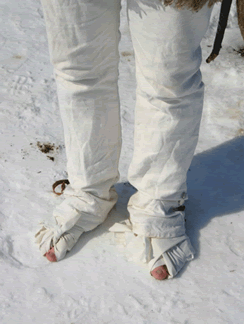
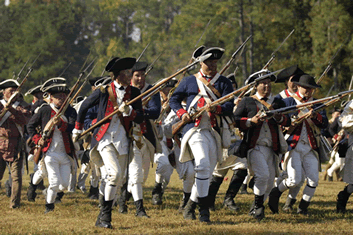
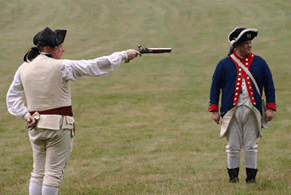
Learn more!
Original research by
Don Troiani
& Paul Loane
